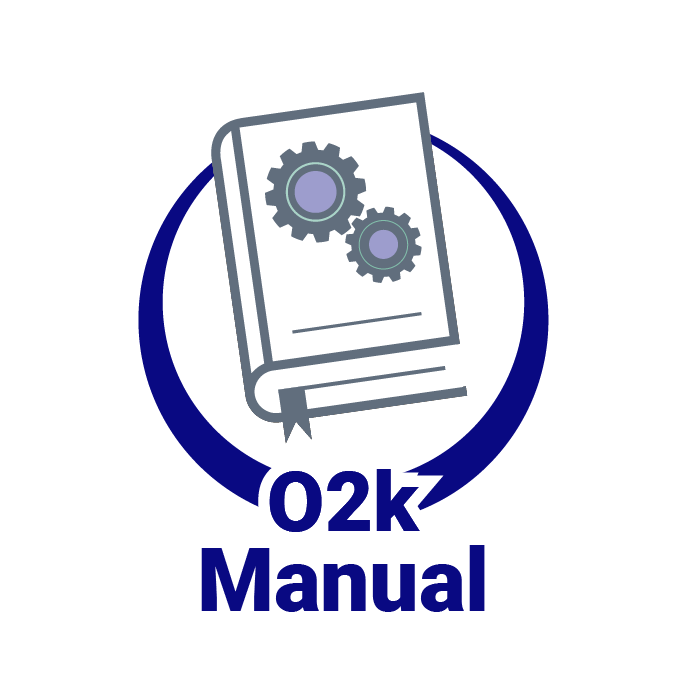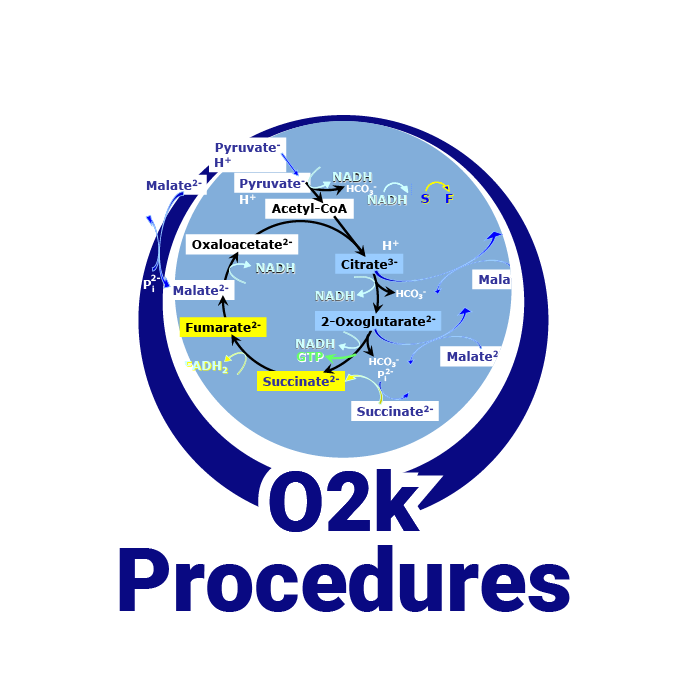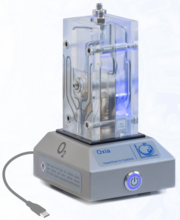Difference between revisions of "Oxia"
From Bioblast
m |
Tindle Lisa (talk | contribs) |
||
| Line 7: | Line 7: | ||
|info= [https://www.oroboros.at/index.php/product/oxia/'''Product details and purchasing information'''] | |info= [https://www.oroboros.at/index.php/product/oxia/'''Product details and purchasing information'''] | ||
}} | }} | ||
== Additional resources == | |||
::» [[MiPNet26.14 Oxia]] | |||
{{MitoPedia O2k and high-resolution respirometry | {{MitoPedia O2k and high-resolution respirometry | ||
|mitopedia O2k and high-resolution respirometry=O2k-Open Support, O2k-Respirometry, O2k-FluoRespirometry | |mitopedia O2k and high-resolution respirometry=O2k-Open Support, O2k-Respirometry, O2k-FluoRespirometry | ||
}} | }} | ||
Revision as of 18:05, 13 December 2021
 |
Oxia |
MitoPedia O2k and high-resolution respirometry:
O2k-Open Support
Description
Oxia - HyperOxia to HypOxia: The Oxia generates gaseous oxygen and hydrogen by electrolysis of water using a proton exchange membrane (PEM). O2 and H2 gas can be used to control the O2 regime in the Oroboros O2k. Low oxygen concentrations (<50 µM) are used to mimic tissue normoxia or hypoxia. Hyperoxic conditions above air saturation (250-600 µM O2) are routinely used for high-resolution respirometry of permeabilized muscle fibers or to induce oxidative stress in cells and mitochondrial preparations.
Reference: Product details and purchasing information
Additional resources
MitoPedia O2k and high-resolution respirometry: O2k-Open Support, O2k-Respirometry, O2k-FluoRespirometry





